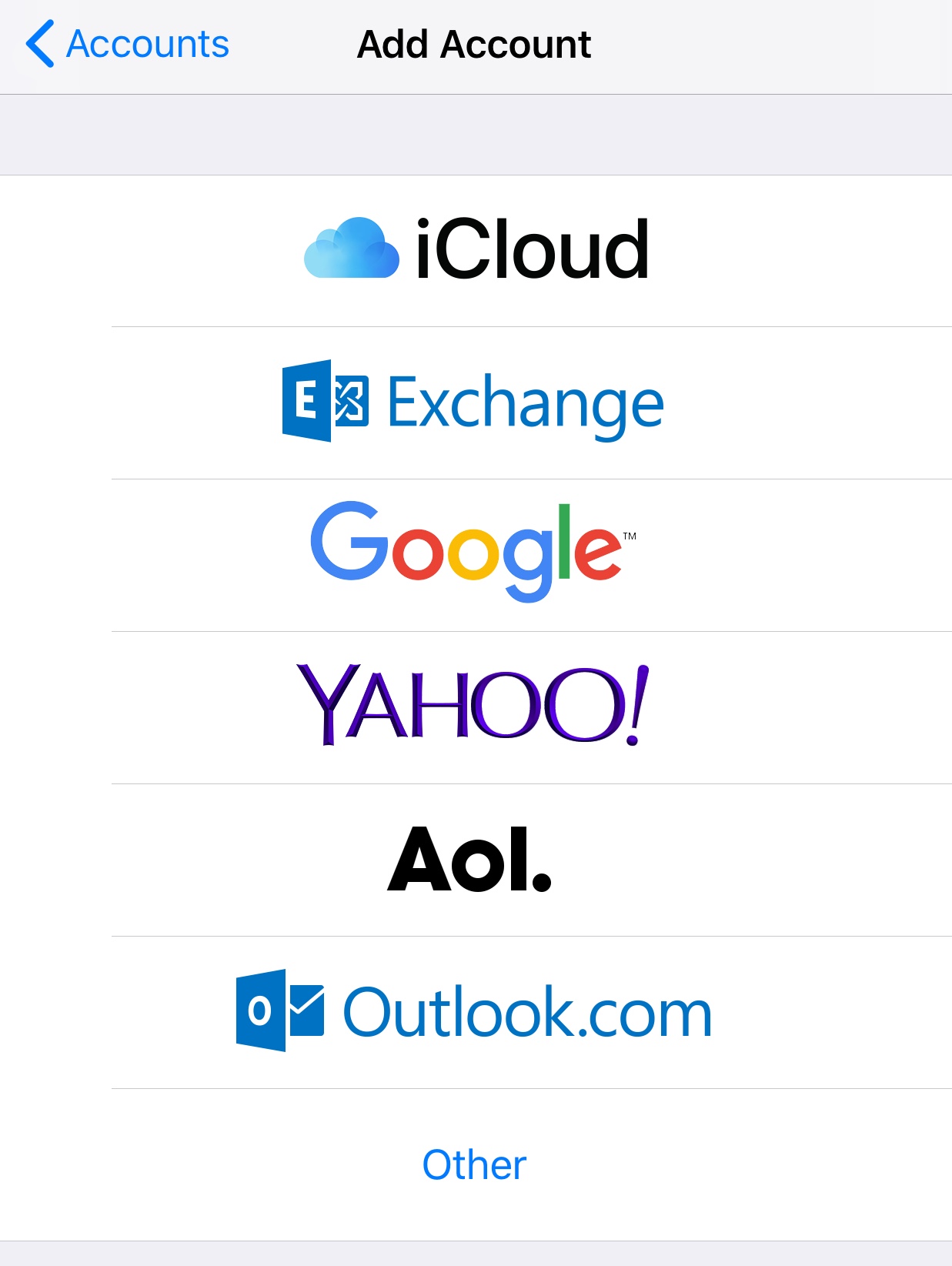

- #CANNOT ENABLE ICLOUD OUTLOOK ADD IN MANUAL#
- #CANNOT ENABLE ICLOUD OUTLOOK ADD IN FULL#
- #CANNOT ENABLE ICLOUD OUTLOOK ADD IN PASSWORD#
If you continue to experience the issue, or if the iCloud calendar does not synchronize correctly, you may have to remove the iCloud calendar from Outlook and then add it again. You cannot add a iCloud data file using Outlooks. Key: HKEY_CURRENT_USER\Software\Microsoft\Office\ x.0\\Resiliency\DoNotDisableAddinList After that date, Outlook 20 synchronize the iCloud calendar successfully, and Outlook no longer crashes after you add an iCloud calendar. Since your other email accounts are working fine in Outlook, it is best to remove the iCloud email. If you select Always enable this add-in, the registry is updated to include details about the add-in that is to be exempted from this automatic disabling feature. If you find the iCloud Outlook Add-in, you have to choose COM Add-ins for Manage (the parameter at the bottom of the window). In this scenario on the next launch of Outlook, the following notification will be shown to raise an alert that an add-in was disabled.īy selecting View Disabled Add-ins, the Disabled Add-ins dialog box is displayed and you can select the Always enable this add-in option to keep the add-in enabled even if it performs slowly. Now, you must look at the pane on the right to check whether the iCloud Outlook Add-in exists or not (under Active Application Add-ins). Source: Outlookĭisable Reason: This add-in caused Outlook to close slowly. The option to Always enable this add-in is shown as well. For example, the following figure shows an add-in that was disabled because it caused Outlook to shut down slowly. For example, the following event shows that an add-in was disabled because it caused Outlook to shut down slowly. However, you can re-enable the add-in and select the Always enable this add-in option to prevent the add-in from being auto-disabled by the Office program. However, if an add-in causes performance issues in an Office program, an Event ID: 59 is added to the Application Event log. The following figure shows an example event for an add-in load time in Outlook. After rebooting the computer, everything should show up in Outlook again. Repair the Outlook installation in Control panel, Programs and Features. Sign out of the iCloud in the iCloud control panel, then sign back in. In Office 2013 and later versions, the performance of add-ins is logged in the Application Event log under an Event ID: 45. Deselect Calendar and Contact sync in the iCloud control panel, Apply, then re-enable it. Microsoft cannot guarantee that these problems can be solved.

#CANNOT ENABLE ICLOUD OUTLOOK ADD IN FULL#
Within POP and IMAP Account Settings, fill out Your Name and full Email Address.

#CANNOT ENABLE ICLOUD OUTLOOK ADD IN MANUAL#
Select Manual setup or additional server types and click Next.
#CANNOT ENABLE ICLOUD OUTLOOK ADD IN PASSWORD#
These problems might require that you reinstall the operating system. Now that you've got your App-Specific Password you can use it to set up iCloud in Outlook. Serious problems might occur if you modify the registry incorrectly by using Registry Editor or by using another method.


 0 kommentar(er)
0 kommentar(er)
